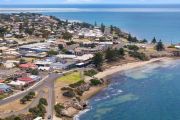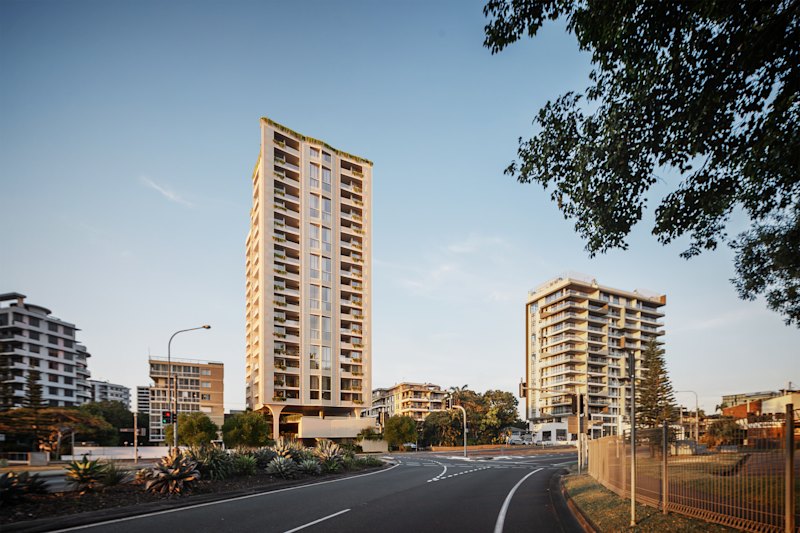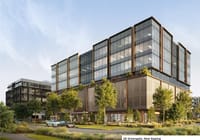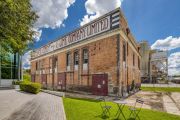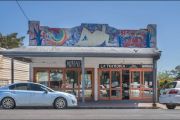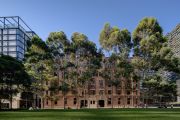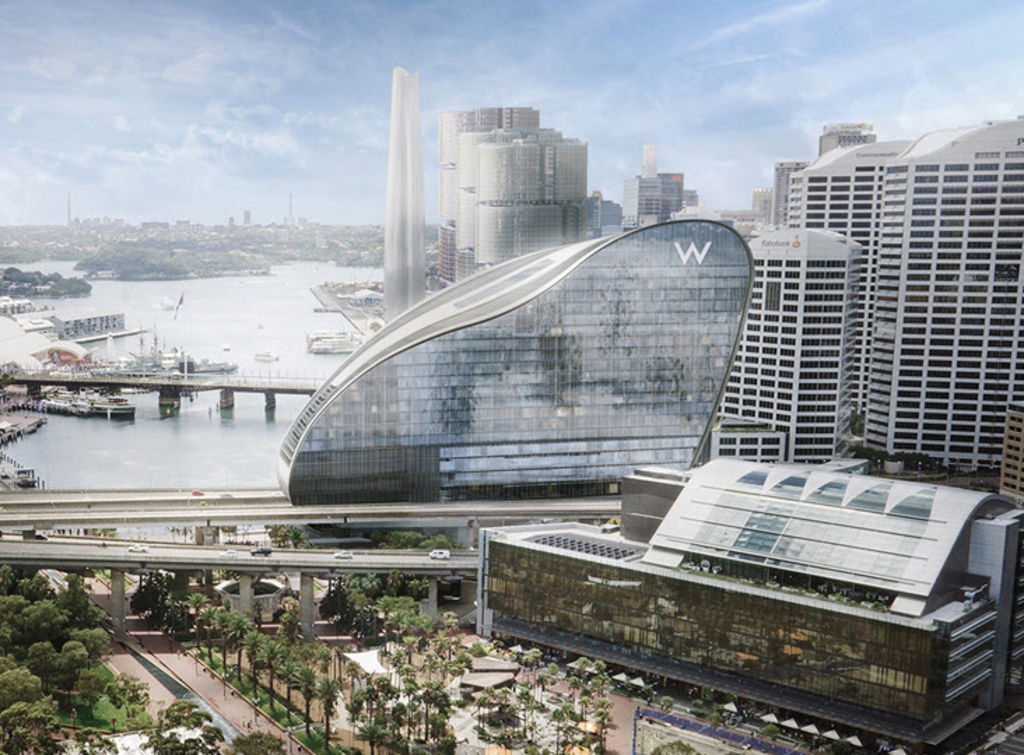
Marriott to open luxury W Hotel on former Imax site at Sydney's Darling Harbour
The Glass Snail? The Pencil Sharpener? The New Toaster? The latest addition to Sydney’s hotel boom is set to get the city’s armchair architects talking.
Wedged between two expressways and overlooking Darling Harbour, the under-construction building at the gateway to the CBD has been picked by the world’s largest hotel group, Marriott International, as the third site of its luxury W Hotel chain.
Known as The Ribbon, it sits on the former site of the IMAX theatre within the western distributor and is part of a $730 million redevelopment.
Having been stagnant for close to 18 years, Sydney’s hotel sector has seen a burst of activity of late, with four new high-end projects under way around the Darling Harbour precinct.
The Sofitel Sydney opened last year, with the W Hotel due for opening in 2020, the Crown integrated resort at Barangaroo by 2021 and a proposed Ritz-Carlton adjoining The Star casino.
The trigger has been the opening of the International Convention Centre and the near double-digit growth in luxury inbound tourism.
The 593-room, 25-storey glass-encased Ribbon building is owned by Greaton Group and is described by architects HASSELL as a complement to its urban setting.
“Named for its undulating form that rises through two elevated roadways, the building’s organic, flowing shape appears to peel up the surrounding roadways and manipulate them into a new structure that complements the changing landscape between the high rise city to the west and Darling Harbour to the east,” a statement on HASSELL’s website says.
According to the architects, the property will improve sightlines over Darling Harbour and create pedestrian connections across Cockle Bay and from the harbour through to Darling Quarter.
Owned and managed by the world’s largest hotel group, Marriott International, it will be the third W Hotel after Brisbane – which opened last month – and an under-construction hotel in Melbourne’s Collins Street.
Rajeev Menon, chief operations officer for Marriott in the Asia-Pacific excluding Greater China, said the occupancy rate in the group’s high-end hotels across Australia was about 90 per cent.
“Looking at Asia Pacific overall, Australia is strategically important,” Mr Menon said.
“We have seen the luxury travel market grow by about 7 per cent annually and even into the double digits in parts of Asia. Marriott expects to have 600 hotels within Asia in the coming three years.”
Mr Menon said having lived in Glebe for many years, before relocating to Singapore, he had seen a major transformation of Darling Harbour, which attracted Marriott to the area.
He said the redevelopment of Darling Quarter, the new ICC and planned upgrade of the Harbourside shopping centre meant the precinct was a “perfect fit” for a luxury hotel.
“Our research tells us that travellers now want an experience and with the growing wealth in Asia, tourists are looking for luxury and pampering,” Mr Menon said.
Richard Crawford, senior director of hotel development for Australia and New Zealand at Marriott International, said the drive to higher luxury was a worldwide phenomenon.
“There is no better city than Sydney to shake off convention and shake up the way it has always been done,” he said.
“The property will be a game-changer for Sydney and an absolute market leader when it comes to luxury hotels in the city.”


